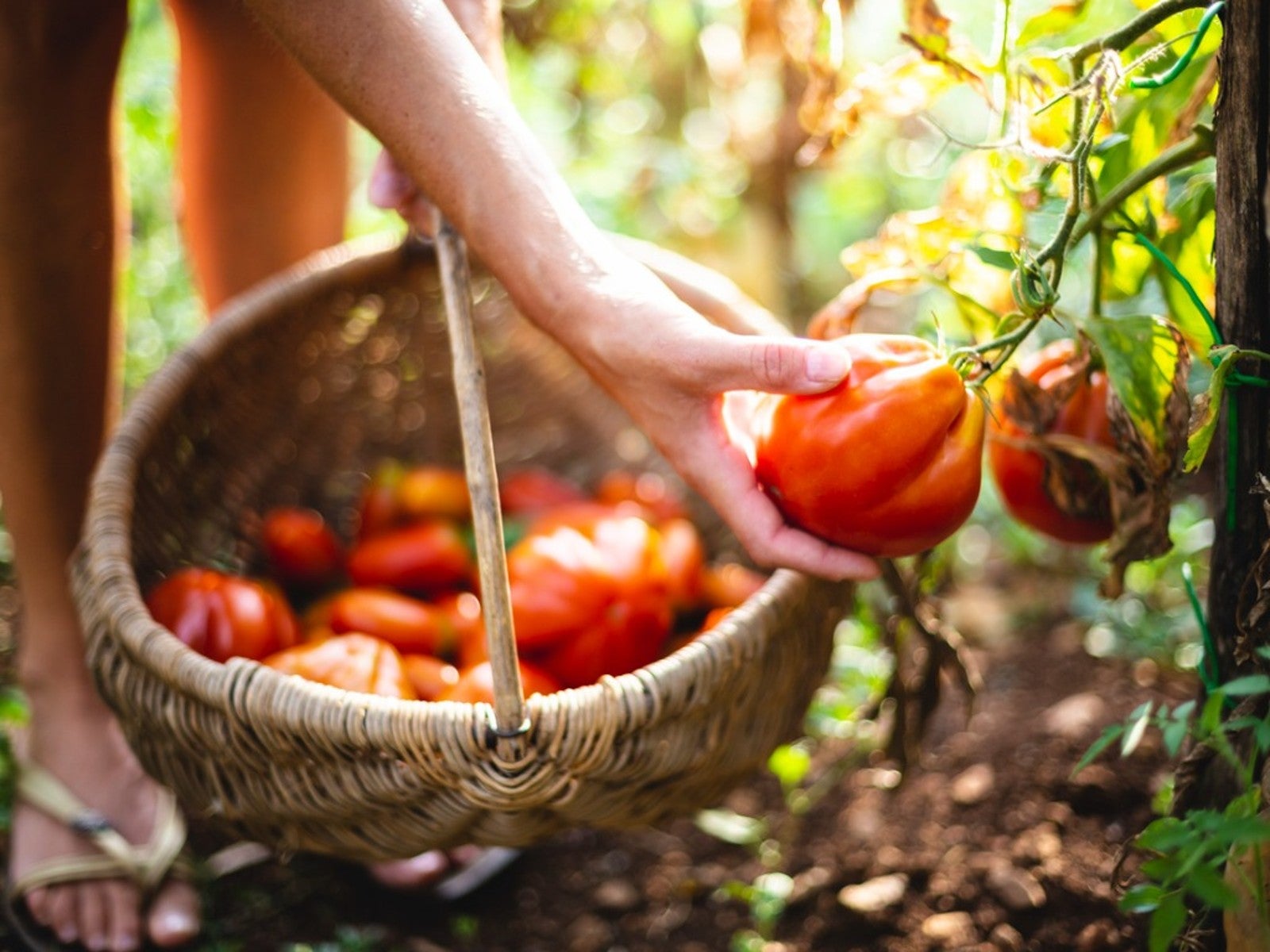Best Vegetables For Continuous Harvest All Summer

Some veggie crops like corn have a short harvesting period -- once the corn has been picked the plant does not continue to produce. Other crops that continue to produce through the growing season are referred to as “cut and come again.” What are some examples of continuous harvest vegetables? Continuous harvest lettuce is one of the best cut and come again vegetables continuing to produce even as the plant is harvested. Read on to learn more.
What Does “Cut and Come Again” Mean?
There are a couple of ways to extend your harvest in the garden. Succession planting is one way and planting a fall vegetable garden is another. “Cut and come again” harvesting also extends the harvest of some vegetables.
Vegetables that grow in rosettes such as lettuces are one of the best examples of cut and come again. Instead of allowing the lettuce to reach a large mature size and then harvesting the entirety, only harvest the outer leaves retaining the inner to grow more leaves. The down side to harvesting lettuces in this manner is that as temperatures increase the likelihood of the lettuce bolting increases.
Other than leafy lettuces, amaranth, arugula, basil, beet greens, bok choy, chicory, cilantro, kale, mache, mustard greens, parsley, sorrel, spinach, Swiss chard, and turnip greens are all continuous harvest vegetables.
Are There Tomatoes That Produce All Summer?
How about tomatoes? Can tomatoes be harvested using the cut and come again method? Essentially yes, although the plants will not produce all summer long.
The fruit takes some time to develop on the plant (60-100 days) but tomatoes really only produce a single crop per year that is ready to harvest within a week or two. To extend your crop of tomatoes, plant different varieties that have varying harvest times.
You can however grow tomatoes year round provided you grown them inside or in a greenhouse.
Gardening tips, videos, info and more delivered right to your inbox!
Sign up for the Gardening Know How newsletter today and receive a free copy of our e-book "How to Grow Delicious Tomatoes".

Amy Grant has been gardening for 30 years and writing for 15. A professional chef and caterer, Amy's area of expertise is culinary gardening.
-
 Grow ‘Karl Rosenfield’ Peony Plants For The Ultimate Frilly Border Beauties And Cut Flowers
Grow ‘Karl Rosenfield’ Peony Plants For The Ultimate Frilly Border Beauties And Cut FlowersFor frilly double magenta peony petals infused with a heady fragrance, grow ‘Karl Rosenfield’ peony plants. Here’s how to cultivate the ultimate plushy blooms
By Tonya Barnett
-
 10 Common Composting Problems That Can Spoil Your Garden Gold – Plus Easy Fixes
10 Common Composting Problems That Can Spoil Your Garden Gold – Plus Easy FixesLearn how to troubleshoot common composting issues before they ruin your stash – from bad smells and bugs to materials not breaking down as they should.
By Susan Albert
-
 How Many Vegetables To Plant Per Person For A Year
How Many Vegetables To Plant Per Person For A YearGauging how much to plant in a vegetable garden can eliminate waste while still producing enough for your family. Click for more.
By Bonnie L. Grant
-
 13 Perennial Fruits And Vegetables You Only Have To Plant Once
13 Perennial Fruits And Vegetables You Only Have To Plant OnceLooking to set it and forget it? Find out which fruits and vegetables can be grown as perennials.
By Laura Miller
-
 11 Edible Plants For A Year-Round Garden In A Bucket
11 Edible Plants For A Year-Round Garden In A BucketWant to know how to grow food inside your house and which foods do best indoors? Click here to learn all about it.
By Bonnie L. Grant
-
 Frost Tolerance Of Vegetables From Least To Most Hardy
Frost Tolerance Of Vegetables From Least To Most HardyHow cold can vegetables tolerate? Knowing which veggies will survive frosts and freezes is essential for the success of your garden. Click here for more.
By Laura Miller
-
 Best Vegetables To Pickle Straight From The Garden
Best Vegetables To Pickle Straight From The GardenPickles aren’t limited to just cucumbers. Read on for tips on pickling your fresh veggies.
By Amy Grant
-
 Benefits Of Planting In Fall Vs. Spring Vegetable Plots
Benefits Of Planting In Fall Vs. Spring Vegetable PlotsLearn why some vegetables do better if you plant them in fall instead of spring.
By Laura Miller
-
 Interplanting Vegetables In The Fall Garden
Interplanting Vegetables In The Fall GardenLearn all about the benefits of interplanting vegetables for your fall garden.
By Laura Miller
-
 Best Vegetables For Growing In Perlite
Best Vegetables For Growing In PerlitePerlite is a natural growing medium that comes from super-heated volcanic glass. In some cases, it works better than soil. Read on for more info.
By Laura Miller